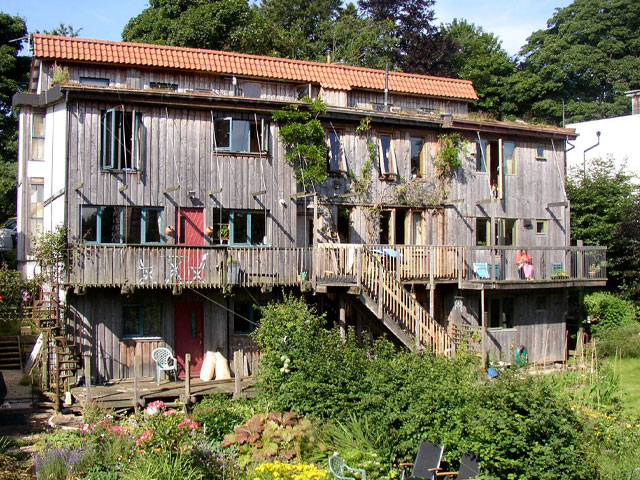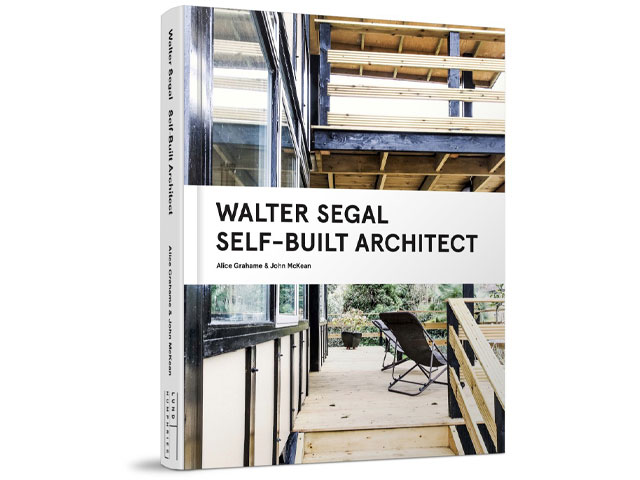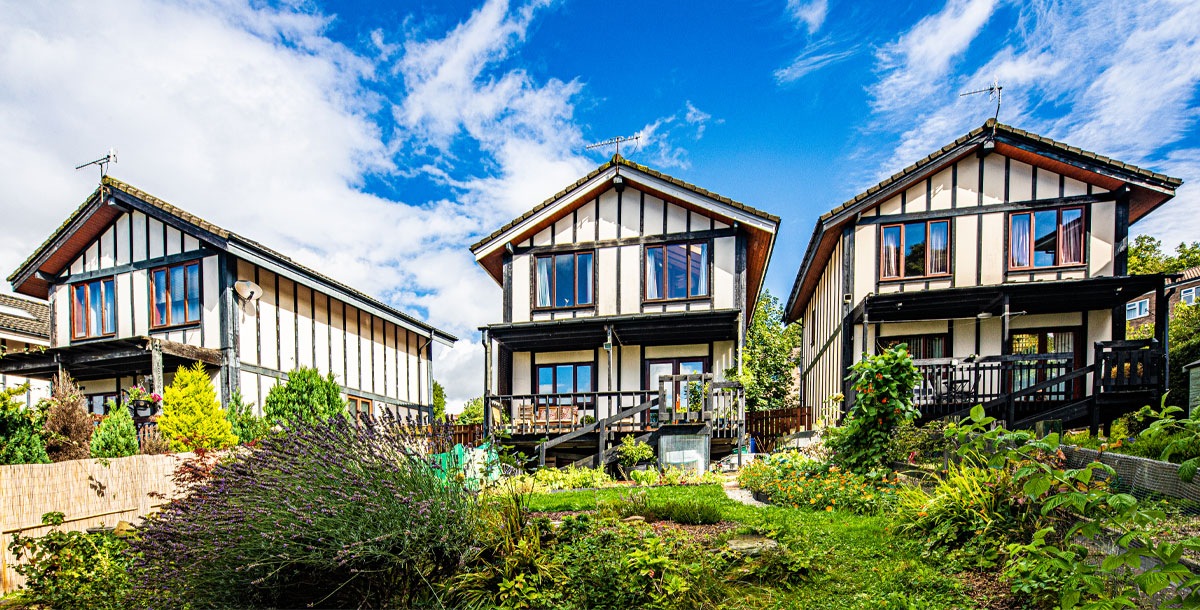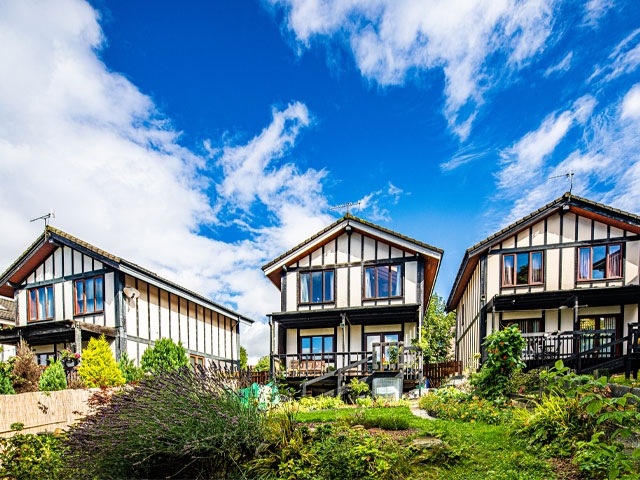Exclusive extract from Walter Segal: Self-Built Architect
A new book examines the life and legacy of Walter Segal
Walter Segal: Self-Built Architect, is a new book examining the iconic architect’s role in inspiring the self-build movement by empowering ordinary citizens to create their own homes. Read on for a Grand Designs magazine exclusive extract of the new Walter Segal book, introducing his pioneering work in community-led housing…
Segal’s Legacy: Community-led housing
Segal is remembered for bringing people together and enabling them to build their own houses. The Lewisham self-build schemes were council-led, but created successful communities. Later self-build schemes, such as Hedgehog, were housing co-ops, which also resulted in strong communities. In the last twenty years, a community-led homes movement has emerged, calling for groups to be allowed to develop homes that fit their needs. According to Community Led Homes (CLH), a website that helps schemes get off the ground, there are 87,000 people in the UK in CLH groups, and at least 20,000 homes in the pipeline. The process can be painfully slow and most groups spend years finding land, fundraising and getting planning permission.
Jon Broome, an architect who worked with Segal, has designed homes for the CLH sector. He explains that there is renewed interest in the collective approach that the Segal method encouraged:
‘Group self-build went through a lean patch from around 2000. But it has resurfaced in co-ops, co-housing and community land trusts. There are significant barriers to progress, and access to land is probably the biggest. Land ownership is much more concentrated here than in most parts of Europe. And you are subject to planning restrictions, which are more onerous than elsewhere.’
Broome says that while alternative housing models like these are on the fringes, they have never died out:
‘There is a body of thinking around sustainability, energy and the climate crisis, which is pointing towards a more collective way of organising, with community housing as an antidote. Unfortunately the political and economic context is busy going in the opposite direction with increasing inequality. This is a big problem. Whether in the longer term there is a future in a more socially driven political economic world, is a big question.’
The feeling that the government is not doing enough to solve today’s economic and ecological problems has led people to join together in communities to meet their own housing needs – to create homes that are affordable, good quality and climate-friendly. CLH groups are looking outside the mainstream housing providers – the private rented, council and owner-occupier options – to different models that are more inclusive. Many local authorities are promoting community-led housing and there are some funds available for early-stage work.
Community land trusts, co-ops and co-housing groups are working to make bespoke developments of quality homes a reality for more people. Legislation exists to enable councils to facilitate community schemes. The movement is growing and there have recently been funding streams from the government, from Homes England, and from voluntary sector organisations such as Power to Change and the Nationwide Foundation. Hubs have been set in areas with strong CLH activity such as Brighton, Bristol and Manchester.

Terrace of three self-build houses in Leeds designed by Jonathan Lindh of LEDA Architects, with Heimir Salt. Photo: Jonathan Lindh
One UK city with a strong CLH sector, and supportive council, is Leeds, and surrounding areas, where there are over twenty-two active CLH groups. Leeds Community Homes is part of a national network that offers advice and support for groups.
Steve Hoey, CEO of Leeds Community Homes says:
‘We help liaise with the local authority over asset transfer (where publicly owned land or property can be leased on a peppercorn rent), potential new build sites, and interest-free or low-cost loans through the council’s prudential borrowing facility. There are also grants from the Right to Buy Replacement Programme, where revenue from council properties sold can make up to 30 per cent of the capital costs of a new community building project. CLH brings so many added benefits beyond creating homes, including employment, reduced isolation and community cohesion. The CLH sector has grown significantly in recent years with support from Local Authorities like Leeds, but further sustainable growth depends on renewed support from the government. We hope that the Community Housing Fund will be extended, and that other investment will increase from councils.’

The front cover features a house designed by Walter Segal and Jon Broome as part of the second Lewisham self-build scheme. Photo: Taran Wilkhu
Walter Segal: Self-Built Architect, written by Alice Grahame and John McKean, £45, is published by lundhumphries.com










